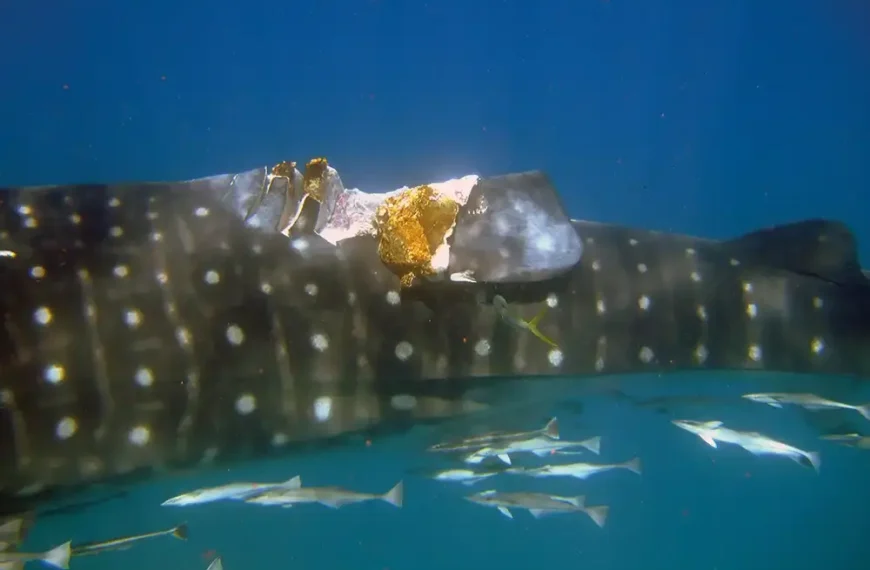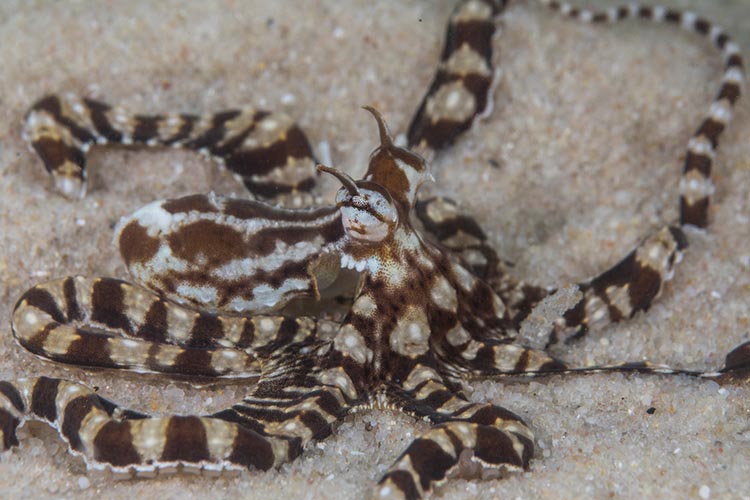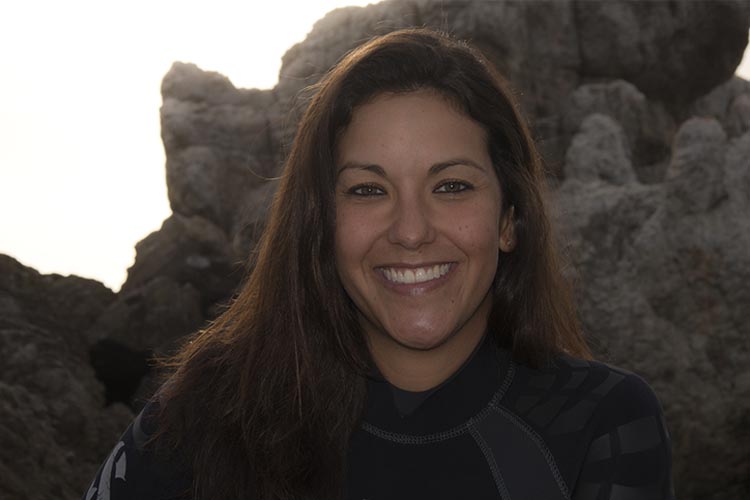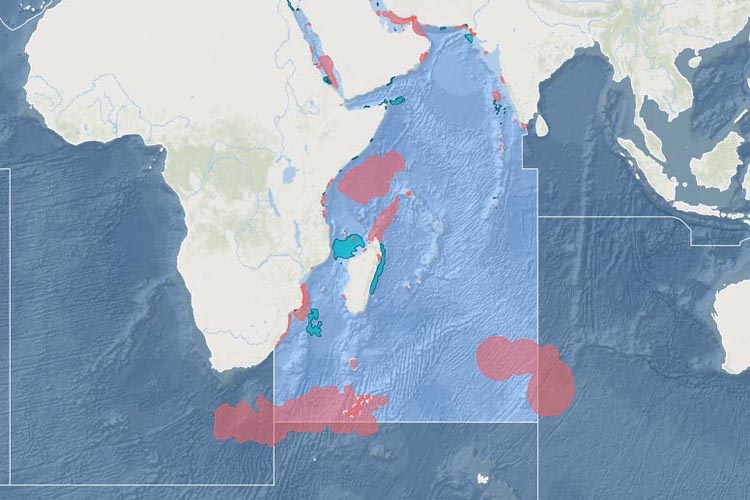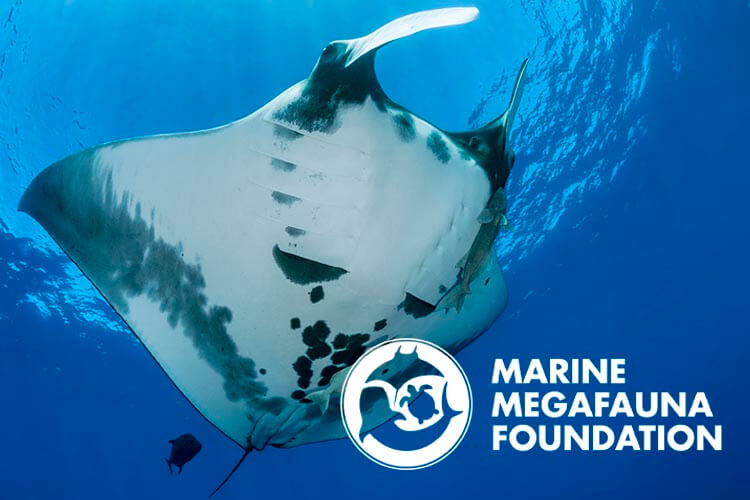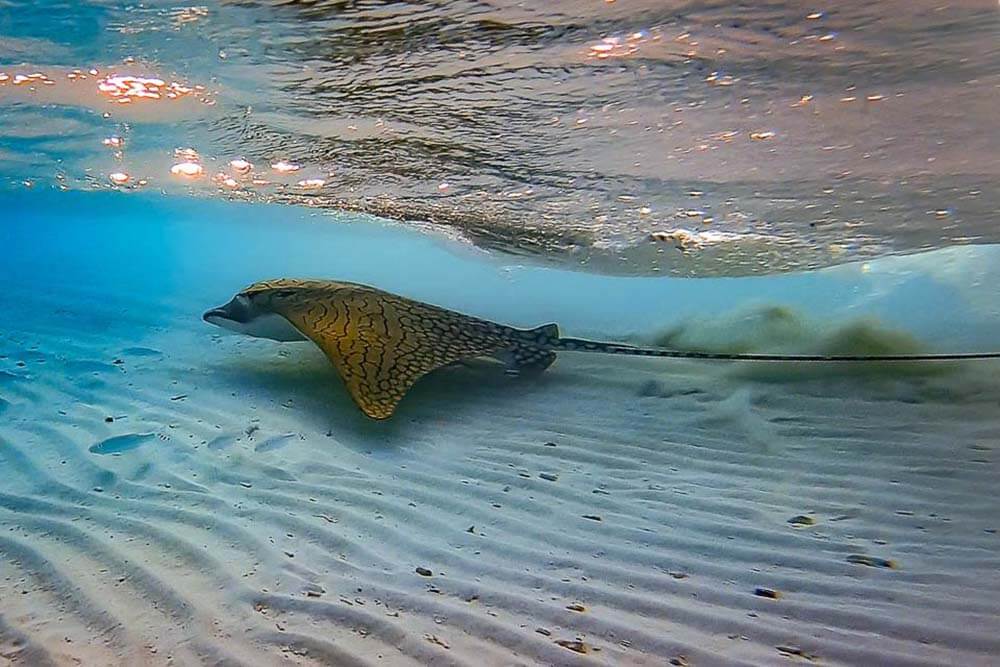
By Sam Baird, Marine Megafauna Foundation
Marine Megafauna Foundation (MMF) scientists say there were ‘utterly amazed’ to encounter one of the world’s rarest elasmobranchs — the ornate eagle ray — twice within a single week while conducting research off the coast of southern Mozambique.
MMF’s field researcher and logistics coordinator Janneman Conradie was lucky enough to encounter the rare creature on a research dive in the Bazaruto Archipelago National Park (BANP) in May 2021. Just three days later, he spotted another in the Vilanculos Coastal Wildlife Sanctuary (VCWS), approximately 55 km south of the first sighting.
‘The moment I saw it, I knew it was something special and unusual,’ said Conradie. ‘I had to double-check my footage because I couldn’t believe what I had seen. Then to see another within a few days was beyond belief. The Bazaruto Seascape is always full of surprises.’
You may also like
Ornate eagle rays (Aetomylaeus vespertilio) can be recognised by the distinctive pattern of dark stripes and reticulated spots on their backs, and long whip-like tails. Like the unique spot patterns of whale sharks, the ornate eagle ray’s markings can be used to identify individual animals, but on this occasion, the researchers were unable to confirm whether this was the same individual seen twice, or two separate rays.
Ornate eagle rays are the largest of all eagle ray species, but extremely rare, with only a few recorded sightings from fisheries and a limited number of sightings in the wild. The majority of encounters have been around Australia and the Indo-West Pacific region, such as in the Maldives, Seychelles, Palau, and India.
Only one confirmed report exists from southern Africa, when a single ornate eagle ray was caught and released alive by a sport angler in Richards Bay, South Africa in 2018. Although distribution maps suggest that the species does indeed occur in Mozambique, MMF researchers say they were unable to find any specific reports to confirm the location and nature of previous sightings.

The sightings were reported by MMF in a short communication paper in the Journal of the Marine Biological Association of the United Kingdom. The sightings represent the first confirmed records of the ornate eagle ray from the Inhambane Province and represent a range extension further north along the south-east African coast to this area.
‘With rare and threatened species like this, each new record is an important addition to scientific knowledge of their distribution, especially from locations where the species has not yet been documented,’ said Dr Stephanie Venables, MMF Senior Scientist and lead author of the paper.
A number of shark and ray fisheries are present in the area in which the ornate eagle ray sightings occurred. To reduce the risk that the rays may be caught as bycatch in unselective fishing gear such as gill nets, MMF has recommended that the ornate eagle ray be added to the REPMAR list of protected protected species in Mozambique, which also includes manta rays, devil rays, and whale sharks.
‘It is a promising sign that the rays were sighted in the protected waters of the BANP and VCWS, but these animals are highly mobile and will travel outside of protected areas into high-risk fishing zones,’ said an MMF spokesperson. ‘The more conservation areas that can be created in Mozambican waters, the more protected habitat will be available as a refuge for rare and threatened species like these.’
For more information about Marine Megafauna Foundation, visit the website at www.marinemegafauna.org or follow the team on Twitter, Facebook, Instagram, and LinkedIn.



